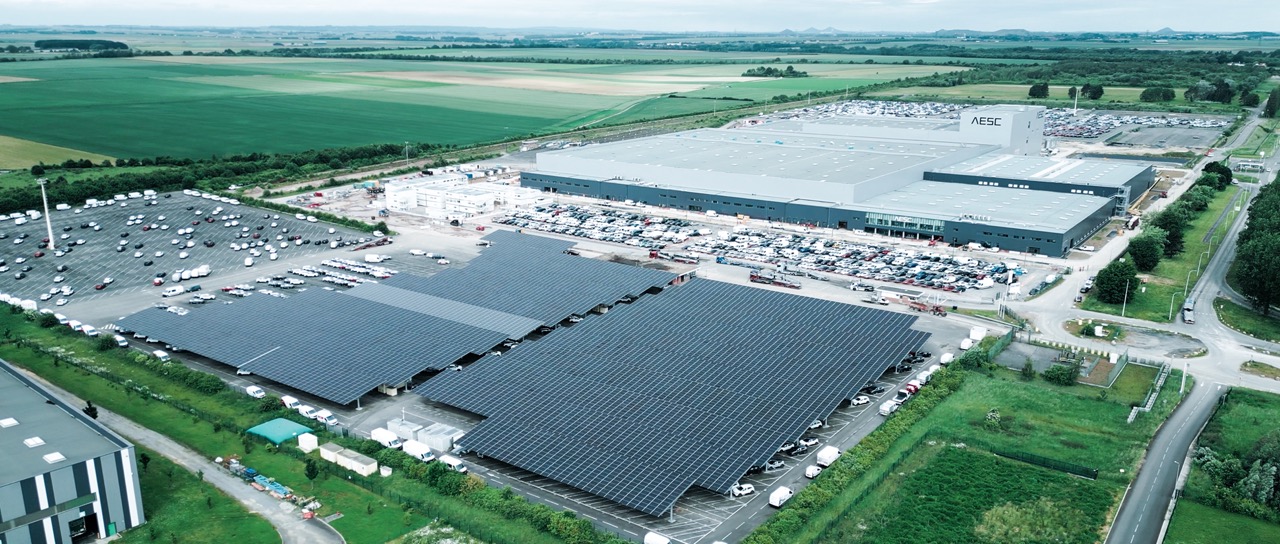Once upon a time, not many years ago LFP (LiFePO4) batteries were very popular, including for electric vehicles. Most LFP batteries were produced by Chinese battery cell makers such as Thunder Sky Winston Energy, but it was a North American company that made this battery technology famous.
A123 Systems was the battery cell maker that made great improvements to the LFP battery technology - at a time when Chinese companies only copied things without improving them.
This battery cell maker was able to increase the energy density, while at the same time increased the power energy density and the cycle life of the cells. I always say that developing batteries requires compromises, but A123 Systems successfully improved the LFP technology in every single way.
Unfortunately A123 Systems battery technology never became mainstream. When the company was preparing mass production it was plagued with quality control problems and early on GM replaced it by LG Chem as its battery cell supplier. Then the company declared bankruptcy and was purchased by the Chinese auto parts maker Wanxiang Group.
This meant that for a long time LFP developments stopped, while NCA and NCM chemistries kept improving. Let’s see some differences between mainstream cathode chemistries.
Lithium Ferro Phosphate (LFP)
- Energy density: (★★) 2/5
- Power density: (★★★★) 4/5
- Cycle life: (★★★★) 4/5
- Safety: (★★★★★) 5/5
- Cost: (★★★★) 4/5
Lithium Nickel Cobalt Aluminium (NCA)
- Energy density: (★★★★★) 5/5
- Power density: (★★★) 3/5
- Cycle life: (★★★) 3/5
- Safety: (★★) 2/5
- Cost: (★★★★) 4/5
Lithium Nickel Cobalt Manganese (NCM 333 or 111)
- Energy density: (★★★) 3/5
- Power density: (★★★) 3/5
- Cycle life: (★★★★) 4/5
- Safety: (★★★★) 4/5
- Cost: (★★) 2/5
Lithium Nickel Cobalt Manganese (NCM 523)
- Energy density: (★★★★) 4/5
- Power density: (★★★) 3/5
- Cycle life: (★★★) 3/5
- Safety: (★★★) 3/5
- Cost: (★★★) 3/5
Lithium Nickel Cobalt Manganese (NCM 622)
- Energy density: (★★★★) 4/5
- Power density: (★★★) 3/5
- Cycle life: (★★★) 3/5
- Safety: (★★★) 3/5
- Cost: (★★★) 3/5
Lithium Nickel Cobalt Manganese (NCM 811)
- Energy density: (★★★★★) 5/5
- Power density: (★★) 2/5
- Cycle life: (★★) 2/5
- Safety: (★★) 2/5
- Cost: (★★★★) 4/5
As you can see LFP seems almost perfect for every application, but with poor energy density isn’t suitable for electric cars.
Fortunately, for a while now the Chinese government determines the amount of subsidies for electric vehicles depending on range and battery pack energy density. Requirements for electric passenger cars are more demanding than for electric buses.
This made most battery cell makers completely replace LFP with NCM cathodes in batteries for electric passenger cars, however a few decided to improve LFP. That was the case of BYD, which introduced manganese to the cathode and managed to increase the energy density to 165 Wh/kg. However, this figure still isn’t enough to get the maximum subsidy, more improvements need to be made.
Lithium Ferro Manganese Phosphate (LFMP)
- Energy density: (★★★) 3/5
- Power density: (★★★★) 4/5
- Cycle life: (★★★★) 4/5
- Safety: (★★★★★) 5/5
- Cost: (★★★★★) 5/5
ETC is another Chinese battery cell maker that is successfully improving the energy density of this battery technology.
BYD and ETC share the same goal of reaching 200 Wh/kg in batteries with a LFMP cathode and a silicon/carbon anode, when this happens we’ll finally get cobalt free batteries with decent energy density, that are extremely safe, durable and cheap.

Let’s compare the future LFMP battery cell made by ETC to Samsung SDI prismatic battery cells used in BMW i3.
Future LFMP battery cell by ETC
- Gravimetric energy density: 200 Wh/kg
- Volumetric energy density: 417 Wh/L
- Cycle life: 4.000 cycles
Samsung SDI 94 Ah battery cell
- Gravimetric energy density: 174 Wh/kg
- Volumetric energy density: 352 Wh/L
- Cycle life: 4.600 cycles
Samsung SDI 120 Ah battery cell
- Gravimetric energy density: ???
- Volumetric energy density: 449 Wh/L
- Cycle life: ???
The specs of the future LFMP battery cells from ETC seem suitable for electric cars. They are very similar to Samsung SDI prismatic NCM cells, with the advantage of requiring no cobalt.
Let’s see the roadmap of ETC in more detail.

For now just ignore those interesting NCM battery cells from ETC, especially the ones in PHEV2 format. The LFMP cells from ETC that we want are expected to become available during the second or third quarter of 2020. Therefore, we are about a year away until we see if ETC achieved its goals and its corporate customers can finally use LFP/LFMP battery cells not only in electric buses, but also in electric cars.

A good thing about Chinese battery cell makers is that sooner or later, their cells become available on AliExpress for private buyers. Corporate buyers get the cells first, but for example private buyers like you and me can already buy the second generation cells for around 190 euros per kWh.
Summing up…
In this article I tried to show why I think that when LFMP reaches an energy density of 200 Wh/kg it could be a good cobalt free battery technology for many applications, including electric cars. I’m curious to know which battery cell maker will reach the goal first. BYD has more resources than ETC, so it has an advantage.
However, while LFP/LFMP developments look promising and will likely be enough for the technology to regain its lost space in EV batteries, NCA and NCM are still the most energy dense chemistries and will continue to evolve until we get a mixture of the two chemistries called NCMA.
NCMA cathodes get the best of modern NCM and NCA chemistries, they are a real breakthrough and a exception to the rule that battery technology developments almost always require compromises. You can get an idea with the chart below.

I can’t promise a date, but I’ll write an article exclusively about NCMA cathodes, their advantages and why I think they’ll be the final nail in the coffin for ICE (Internal Combustion Engine) cars. Good things are coming.
More info:
http://www.nbdpress.com/articles/2018-04-02/4314.html
https://theicct.org/sites/default/files/publications/ICCT_China_Nev_Subsidy_20190618.pdf








































